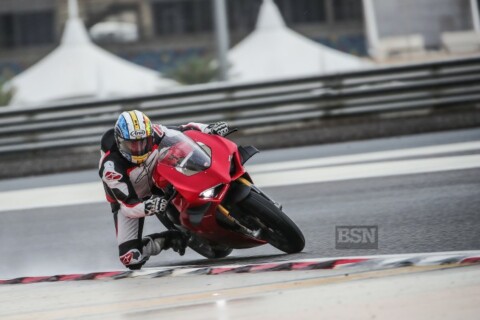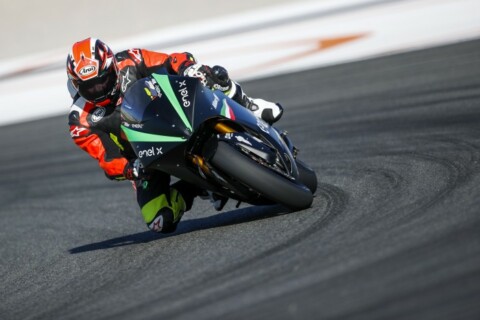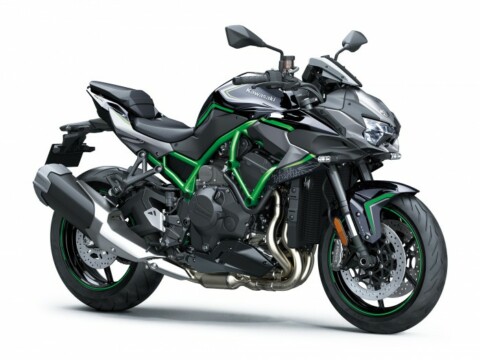We weren’t expecting loads of surprises from Suzuki about its new 2017 GSX-R1000 – after all, they showed it off largely finished last year. But the Hamamatsu massive caught us jaded cynical hacks on the hop, by unveiling two versions of the new bike – a base GSX-R1000, and a fancy GSX-R1000R with more electronics and tricker suspension.
The base bike has most of the good stuff we saw last year – a variable valve engine, with an all-new layout, shorter stroke, totally revised lump. And Suzuki’s now released power figures too – the new engine puts out a beefy 202bhp. Added to a lighter chassis, that tips the scales at 200kg wet (for the non-ABS version) and you have what promises to be an extremely lively beast.
Click here for picture galleries
The ‘R’ version adds Showa BFF balance-free gas forks and a BFRC-lite rear shock, compared with the more mundane Big Piston Forks on the base bike. It also gets an up- and down-quickshifter, and the electronics offer a launch control mode.
Suzuki suggests that the ‘R” version of the GSX-R1000 is probably more on a par with the standard versions of the Yamaha R1 and as-yet-to-be-revealed Honda Fireblade. Rather, the base GSX-R1000 will be a bit cheaper (costing perhaps £2k less) than the competition, giving riders an ‘economy’ choice in new litre bikes, as well as a version that can match up to the mainstream competition.
We saw a lot about the new engine last year – so the cunning passive variable valve timing system isn’t new. But it’s still mighty clever: ball bearings are pushed up ramps inside the camshaft sprocket mount, rotating the sprocket on the shaft and altering the timing as revs increase and decrease automatically. We’ve got a lot of new detail on the engine though: it moves to finger valve followers from bucket tappets, the bore is wider and the stroke is shorter, changing from 74.5x57.3mm to 76x55.1mm.
Compression is up to 13.2:1 from 12.9:1, and the cylinder line has been rotated backwards, to make the whole shorter from back to front. Suzuki reckons that lets them push the engine forward towards the front wheel, giving better handling on track.
Both versions come with high-end electronics, again, using the Bosch Inertial Measurement Unit that’s become de rigeur for unlimited sportsbikes. Measuring pitch, roll and yaw, together with wheel speed sensors, gives massive power to the bike’s brains to manage traction control, leaning ABS, wheelie control, launch control and the like. Suzuki hasn’t added in the suspension control features that Honda has on the new Fireblade though.
So – 202bhp, 203kg for the fancy ‘R’ version, and a whole heap of new gizmos – LED lights, new subframe, lighter, narrower chassis. Where do we sign up?










